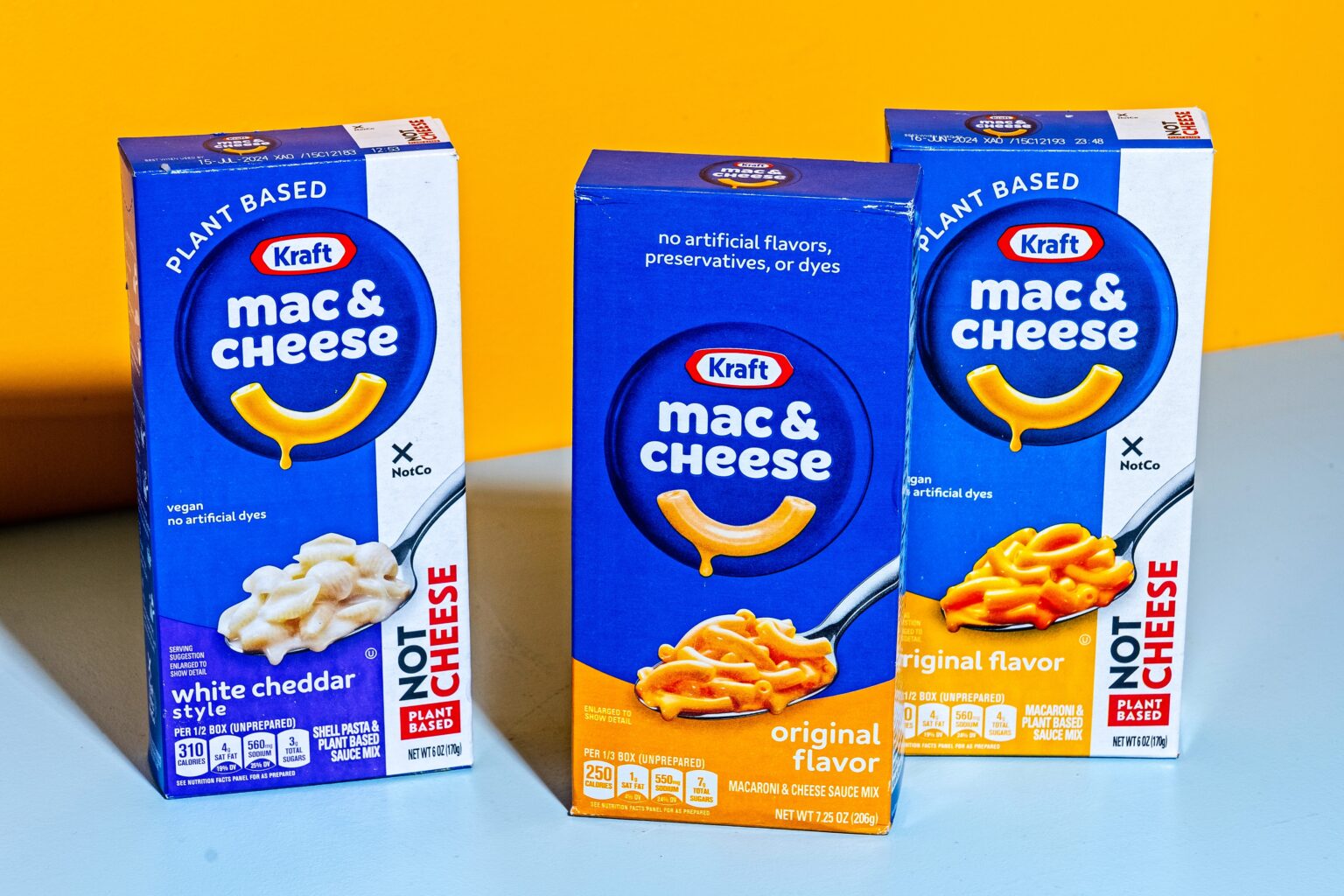Kraft Heinz Commits to Eliminating Artificial Food Dyes by 2027
In a significant move towards cleaner eating, Kraft Heinz announced on Tuesday its plan to remove certain artificial food colorings from its product lineup by the end of 2027. This decision follows mounting pressure from government officials, notably Health and Human Services Secretary Robert F. Kennedy Jr., who has been vocal about the potential health hazards associated with synthetic dyes in food.
Transition to Natural Alternatives and Product Adjustments
Kraft Heinz has committed to replacing artificial dyes used in food, drug, and cosmetic (FD&C) products with natural colorants whenever feasible. When natural options are unavailable or insufficient, the company plans to develop new shades or eliminate color altogether. Currently, approximately 90% of Kraft Heinz’s offerings are already free from these artificial dyes, reflecting an ongoing shift towards healthier ingredients.
The primary impact of this initiative will be on beverages and desserts that still contain synthetic dyes, including popular items like Kool-Aid, Jell-O, Crystal Light powdered drinks, and Jet-Puffed marshmallows. These products will undergo reformulation to either incorporate natural coloring agents or be reformatted without any color additives.
Conversely, some iconic Kraft products will remain unchanged. For example, Kraft Mac & Cheese has long used natural ingredients like turmeric, paprika, and annatto to achieve its signature orange hue, and its ketchup has never relied on artificial coloring to attain its vibrant red shade.
Are Artificial Dyes a Health Concern?
Consumer advocacy groups have long questioned the safety of artificial food dyes, emphasizing their lack of nutritional benefit. Critics point to scientific reviews, such as a 2021 assessment by the California Office of Environmental Health Hazard Assessment, which linked certain synthetic dyes to hyperactivity and neurobehavioral issues in children, though individual sensitivities vary.
Supporters of the phase-out argue that these changes are overdue. Brian Ronholm, Director of Food Policy at Consumer Reports, highlighted that eliminating synthetic dyes would not compromise the taste or nutritional value of affected products. He noted that consumers might notice a slight variation in color, but it would be subtle enough that only attentive observers would detect it.
While food manufacturers have historically defended the safety of artificial dyes, citing extensive research, some experts acknowledge the difficulty in isolating the effects of individual additives within the broader context of a person’s diet.
Government and Industry Push for Safer Food Coloring
Kraft Heinz’s decision aligns with a broader movement driven by government officials and state legislatures to phase out artificial food dyes. Following Kennedy’s advocacy, other major corporations like Tyson Foods and PepsiCo have also committed to removing synthetic colors from their products under regulatory and public pressure.
In a recent post on X (formerly Twitter), Kennedy called on more companies to follow suit, emphasizing the importance of prioritizing the health of American families. His campaign against artificial dyes is a central component of his “Make America Healthy Again” initiative, which aims to combat childhood illnesses and chronic health conditions linked to diet.
Earlier this year, Kennedy announced a voluntary industry-wide effort to phase out six synthetic dyes by the end of 2026, though some officials expressed uncertainty about the scope of this commitment. The Food and Drug Administration (FDA) has indicated it is exploring regulatory options to accelerate the removal process, with FDA Commissioner Marty Makary stating that the agency is considering all available tools to ensure swift action.
State-Level Initiatives Accelerate Industry Change
State governments are increasingly stepping in to regulate artificial food coloring, adding pressure on manufacturers to reformulate products. California, for instance, enacted legislation banning the sale of foods containing red dye No. 3 starting in 2027. Similarly, West Virginia’s recent legislation prohibits foods with any of seven specific dyes from being served in schools beginning this August and from being sold across the state starting in 2028.
Scott Faber, Senior Vice President at the Environmental Working Group, remarked, “Thanks to West Virginia’s efforts, every company will soon have to remove these dyes. The FDA’s inaction over the decades has left states no choice but to act to protect children’s health.”
The Future of Food Safety and School Nutrition
The push to eliminate artificial dyes is part of a larger movement to improve the nutritional quality of school meals. Recently, Kraft Heinz faced criticism for offering Lunchables in schools, a product deemed ultra-processed and high in sodium, lead, and phthalates, according to recent reports. The product was allowed into school cafeterias under the lax standards governing federally subsidized meals but was subsequently removed following declining demand from school administrators.
This controversy underscores ongoing debates about food quality standards in school nutrition programs and the influence of food industry practices on children’s health. As public awareness grows, policymakers and advocacy groups continue to advocate for healthier, less processed options in school meals, emphasizing the importance of reducing exposure to potentially harmful additives.
In summary, Kraft Heinz’s pledge to phase out artificial food dyes by 2027 marks a pivotal step in the food industry’s shift towards transparency and health-conscious formulations. With increasing regulatory and legislative support, the movement away from synthetic colorings is poised to reshape product offerings and improve consumer safety nationwide.

